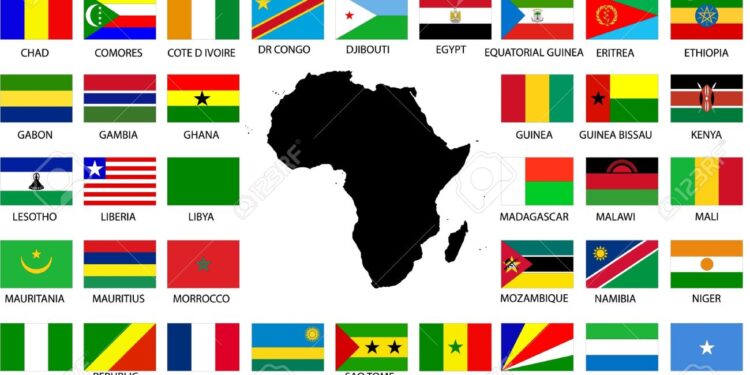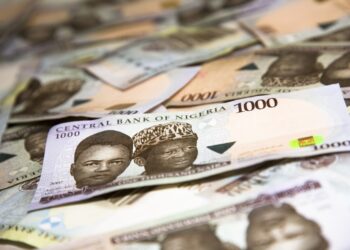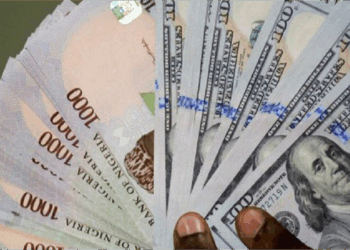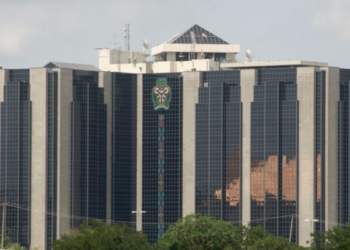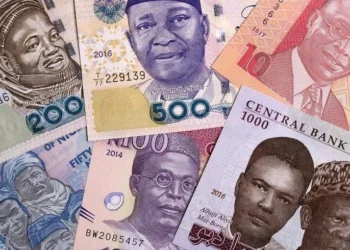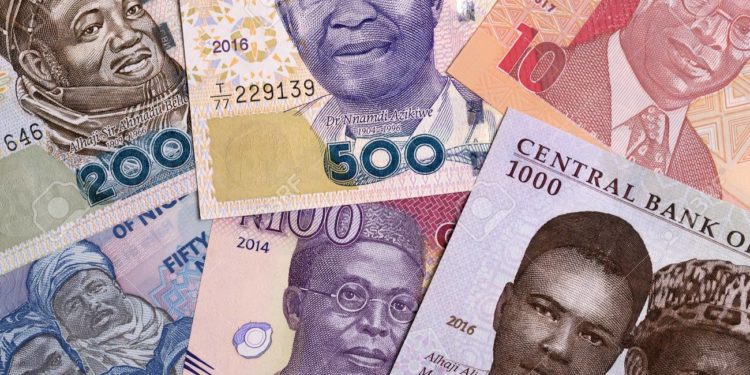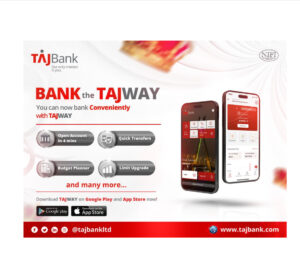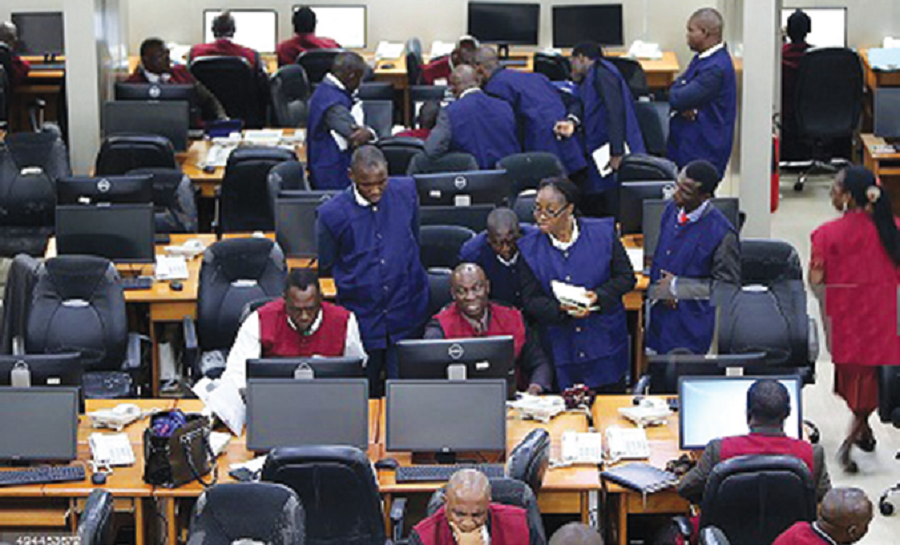With inflation remaining a major challenge across African economies, central banks have adopted aggressive monetary tightening measures to stabilize currencies and contain rising prices.
According to data compiled by Nairametrics, Nigeria, Zimbabwe, and Ghana are among the countries with the highest Monetary Policy Rates (MPR) on the continent.
The MPR, a benchmark interest rate for lending and borrowing, remains at elevated levels across Africa, reflecting the difficult trade-off between stabilizing prices and promoting growth.
As of September 2025, Zimbabwe leads with a staggering 35% rate, while Nigeria ranks second at 27%. Ghana, Angola, and others also feature prominently. These high rates make borrowing costly for businesses and households, further slowing investment and consumption.
Below is a country-by-country snapshot of the Top 10 African countries with the most expensive borrowing rates, alongside recent inflationary trends and policy decisions.
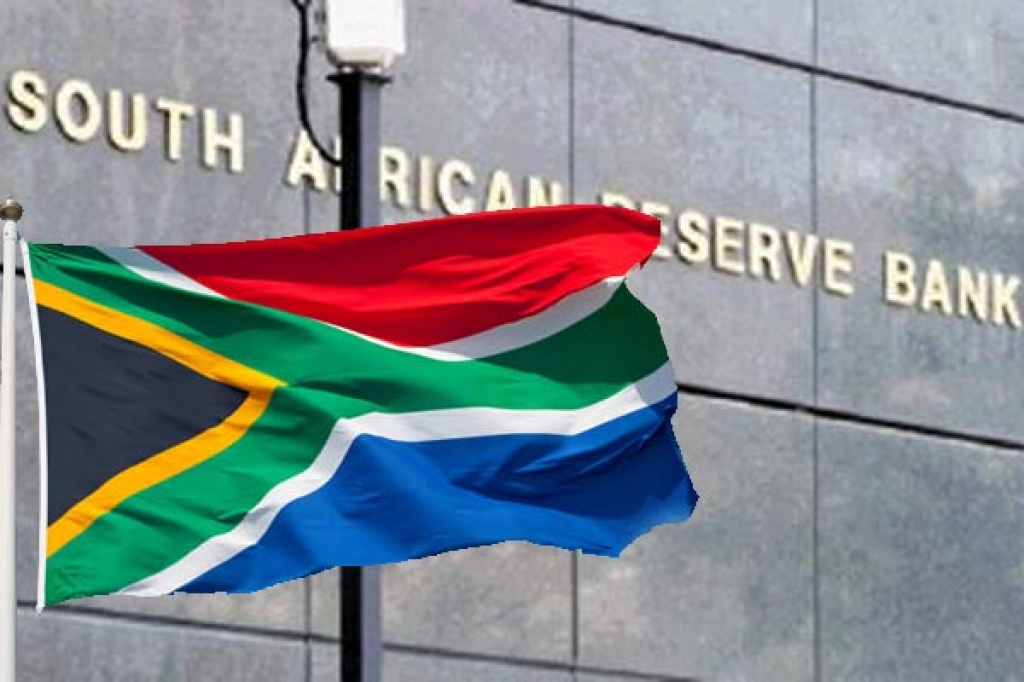
South Africa’s central bank left its key lending rate at 7% in September, holding off from easing monetary policy further while it assesses the impact of previous rate cuts.
This policy announcement was the first since the South African Reserve Bank (SARB) said it would aim for the bottom of its 3% to 6% inflation target range rather than the middle, an effort to lock in low inflation.
SARB Governor Lesetja Kganyago said the effects of 125 basis points of rate cuts since September 2024 were still filtering through in Africa’s biggest economy.
“We want to see how this is affecting the economy, how expectations evolve, and how inflation risks are resolved,” Kganyago told a press conference.

